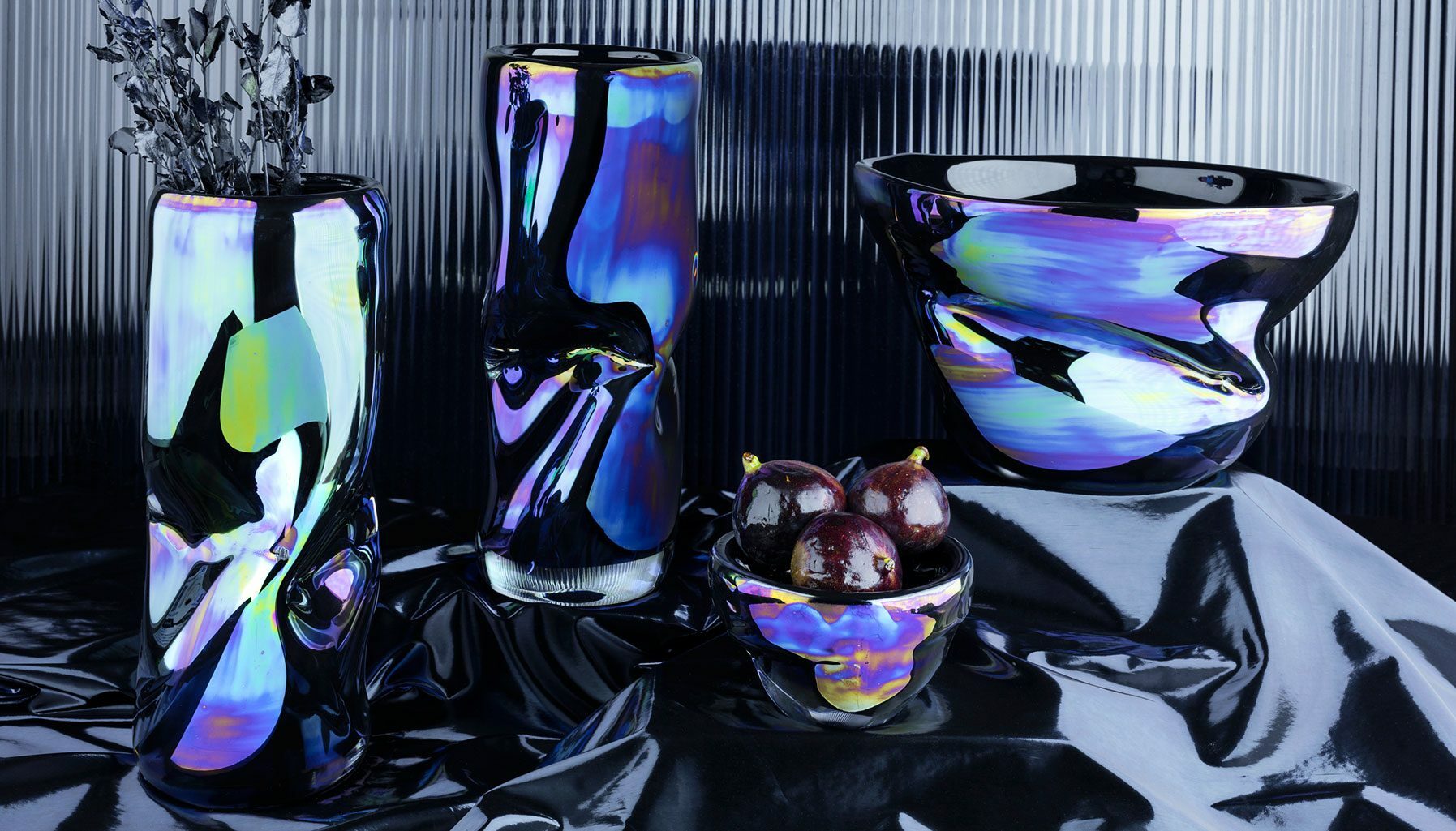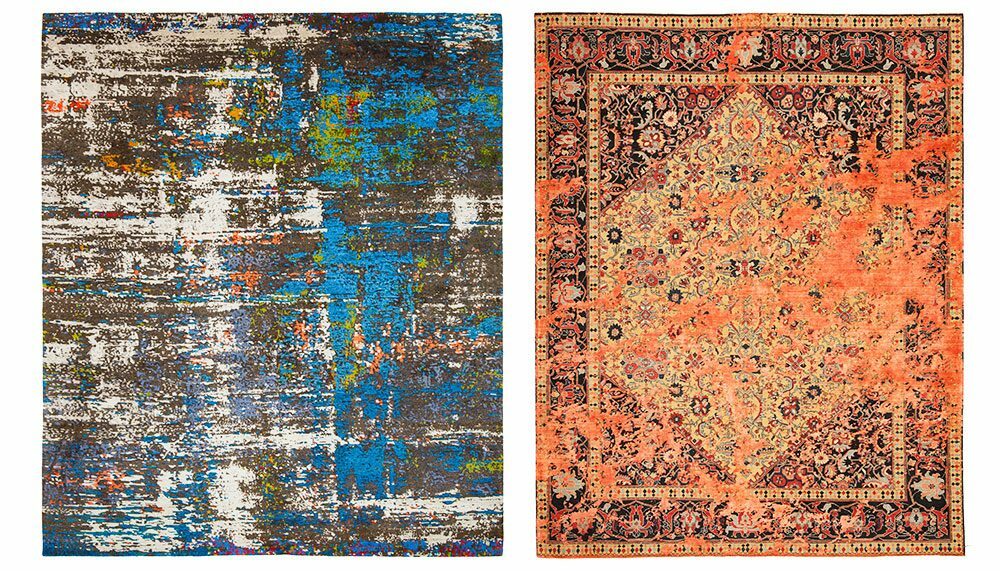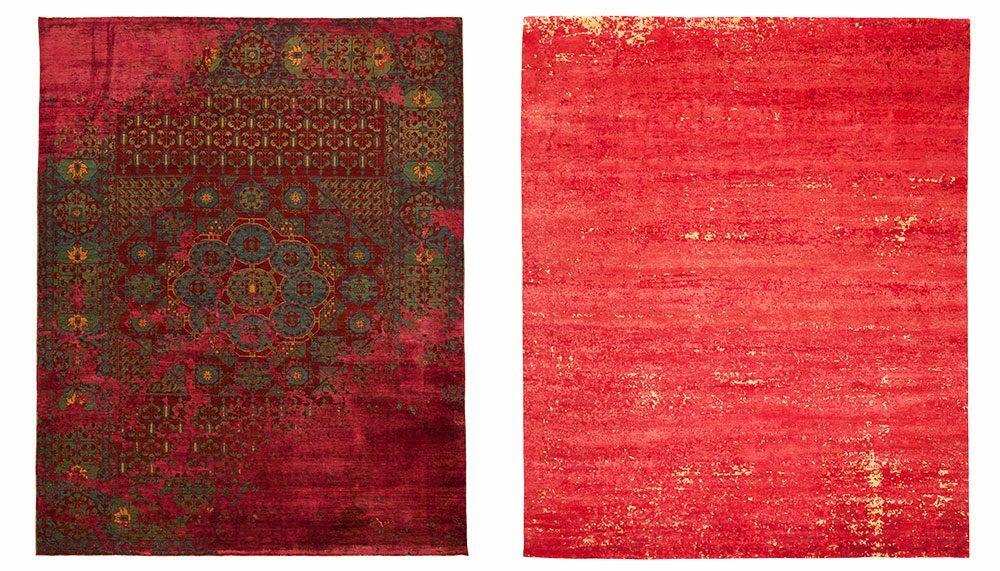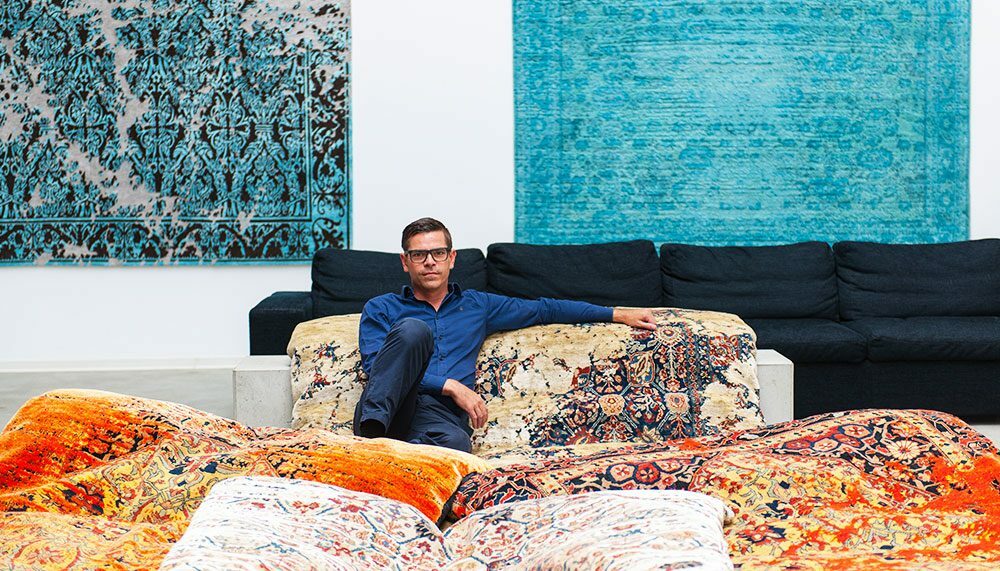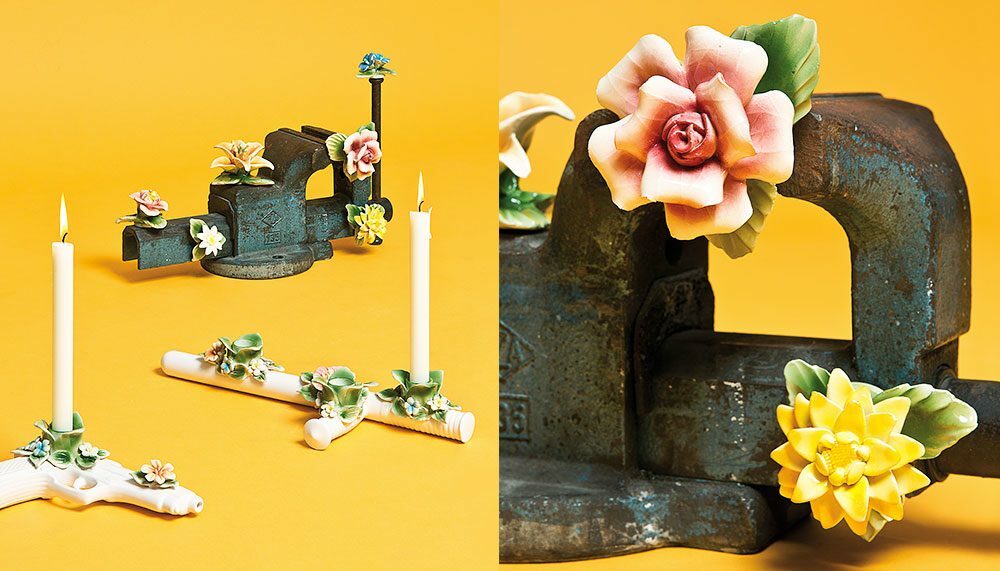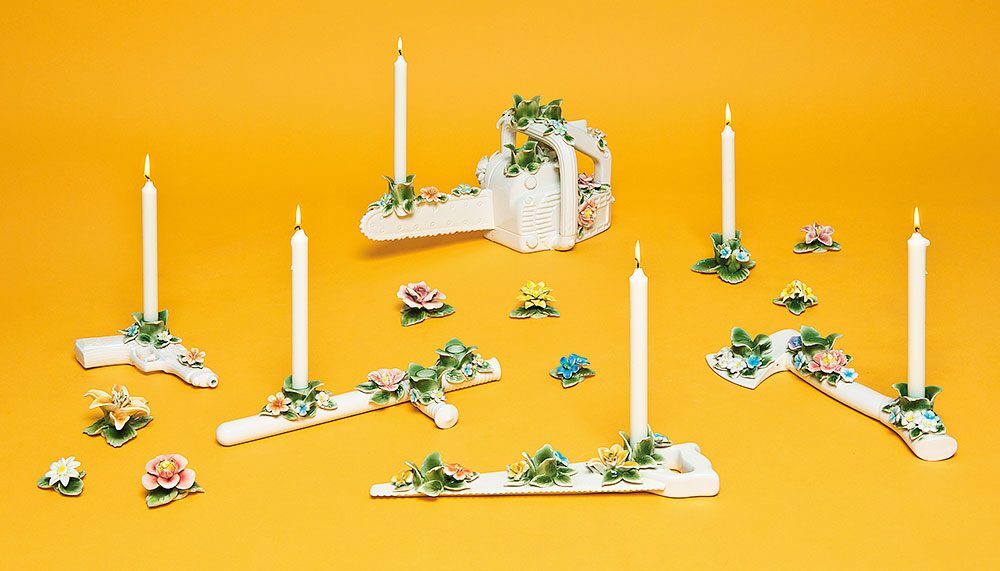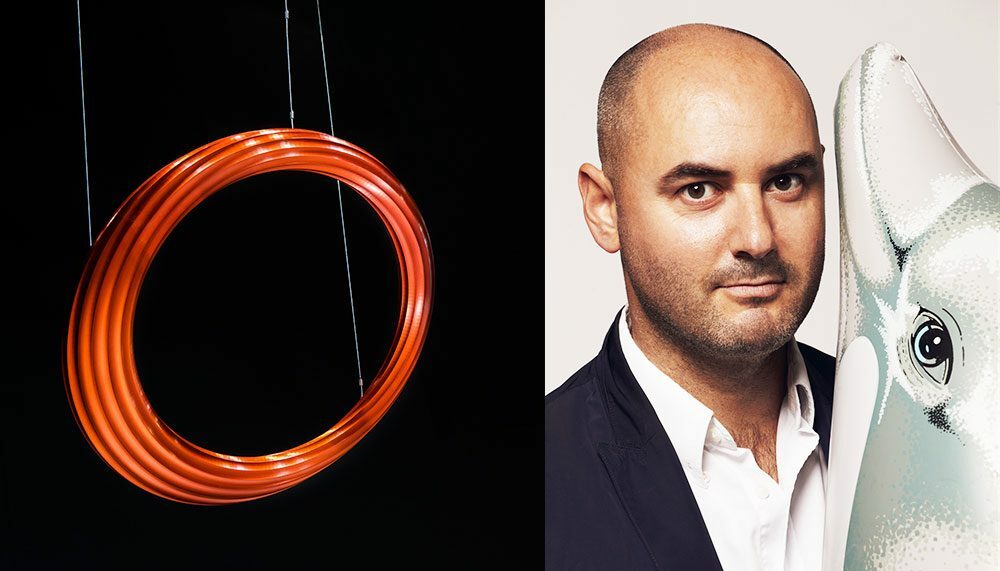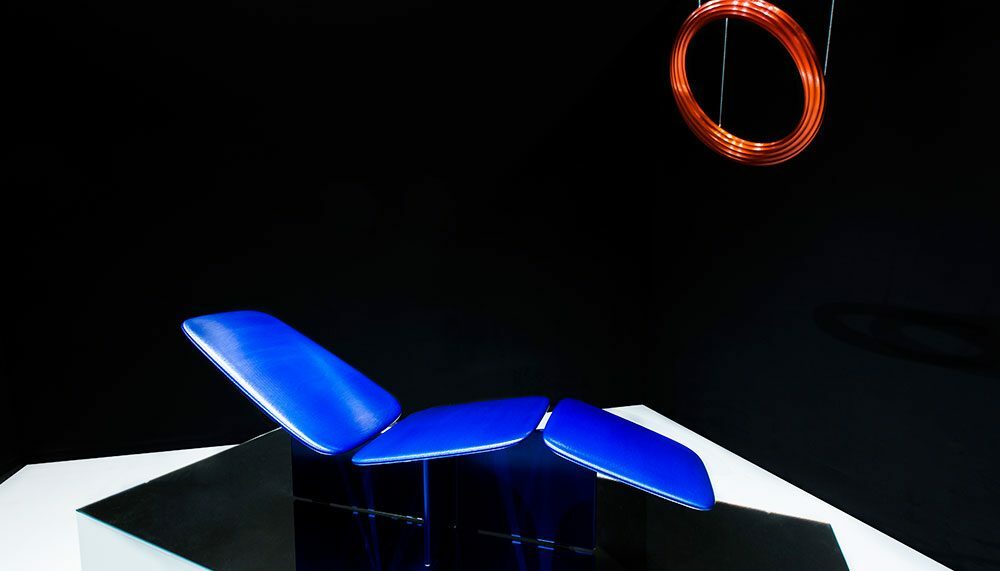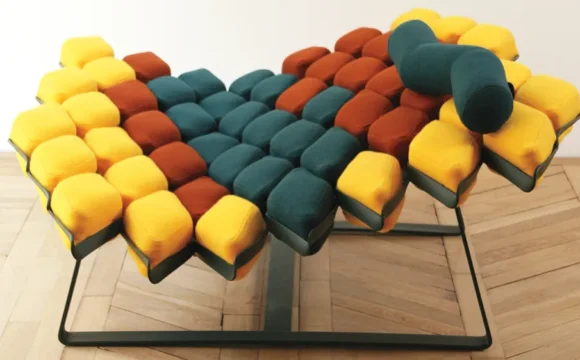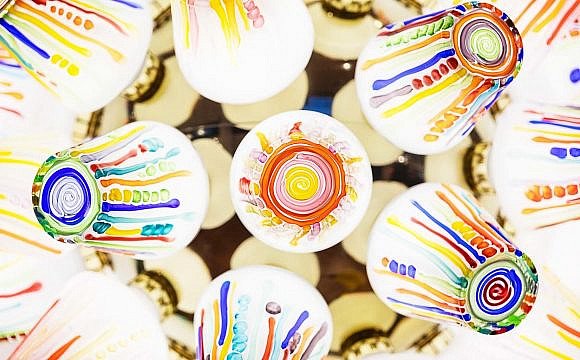MASTERS OF THEIR DOMAIN
Headlined by the theme Wild, January’s edition of Maison&Objet in Paris exhorted a return to nature, as well as primal innocence and energy. The concept’s savage vision was borne out by stylist Francois Bernard, who curated a mini pavilion filled with foliage, Latin American and African folk art and even piped-in ‘natural’ scents. Designers here took the theme to new heights, appealing to our wilder instincts in works such as Fantich & Young’s nightmarishly surreal shoe collection lined with human teeth (false, thankfully).
Outside in the exhibition halls, the design industry’s leading lights unveiled creations that were no less inventive, but with more ready applications in the modern home. Japanese porcelain giant Aritsu commemorated its 400th anniversary in tandem with architect Kengo Kuma, who rebutted tradition with his series of porcelainware with unexpectedly intricate, lace-like webbing. The Campana brothers , working with Czech lighting specialist Lasvit , showed their new Fungo chandelier, which was inspired by, of all things, fungus growing on ancient glass-blowing moulds discovered in a basement.
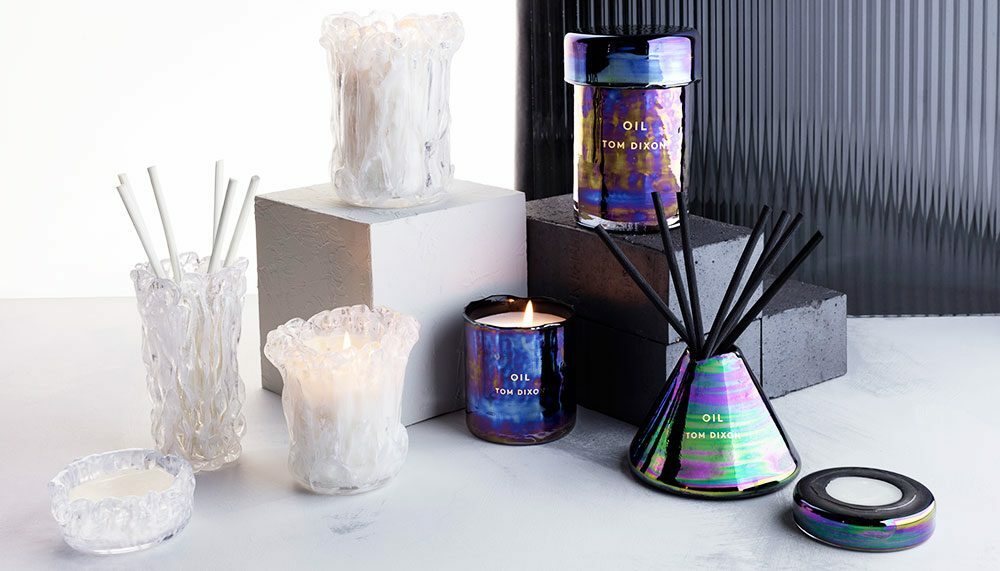 Tom Dixon Iridescence
Tom Dixon Iridescence
The fallout from the Exxon Valdez oil spill certainly never looked so sexy. The oozy allure of a petrol spill on water is one of the key inspirations behind prolific designer Tom Dixon’s new collection, which resurrects a bygone glassmaking technique from the belle epoque era. The collection comprises two lines: Materialism Oil and Warp. The former consists of a series of candles and diffusers inspired by the multicoloured, iridescent sheen of ancient glass bottles dug from the ground.
The candles and diffusers have a refreshing woody fragrance, and each piece is hand-formed from black glass, with molten edges and dented forms.
Warp comprises opulent vases and bowls that are formed from a mouth-blown cylinder which is distorted while the glass is in a molten state. The iridescent finish is then applied by hand and the vessel refired at a high temperature. Each hand-shaped piece reflects the lustrous glaze differently from the others.
Artwork, cloud and erased heritage by Jan Kath at Front
Jan Kath’s carpets may be underfoot, but they’ll never be overlooked. New collections such as Artwork see Kath using wool and silk in the manner of 20th- and 21st-century abstract painters, building up a picture layer by layer to create complex colours and intricate compositions. Cloud, meanwhile, is inspired by paintings of ethereal baroque skies found in church domes and Dutch seascapes. Finally, Erased Heritage is a play on traditional Persian rugs, but with unique distressed effects. Elements such as copper-coloured silk, coloured wool and copper threads (recycled from Nepalese telephone cables) give each carpet a patina and artistic power not to be found in your garden-variety rug.
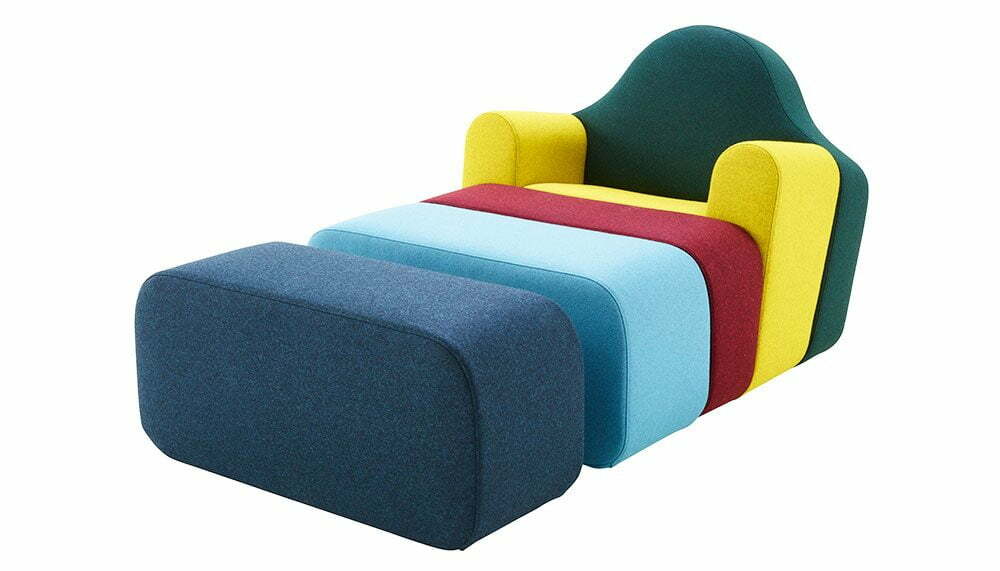 Ligne roset slice by Pierre Charpin
Ligne roset slice by Pierre Charpin
Newly reissued by Ligne Roset, Pierre Charpin’s 1998 cult hit is whatever you want it to be. Playful in its use of form and colour, Slice simultaneously demonstrates an unmistakable rigour and precision in its pared-down design and construction. The main chair is upholstered over a wood and foam structure with green fabric across its slightly angled back, with yellow fabric across its seat and arms and red on its front. Rectangular footstools with similar rounded corners in a variety of blue hues can be added to this or removed. Users can arrange the modules to create a club chair, extended chaise lounge or even link two chairs together using the footstools.
Seletti Flower Attitude
We’re sure you won’t find these pieces in grandmother’s precious porcelain collection. Capodimonte porcelain is given a tongue-in-cheek twist by quirkmeister Seletti, which also presented bookshelves resembling Renaissance buildings, and a cosmos-inspired tableware collection that utilised glass and copper to stunning effect. One of Italy’s most enduring and popular forms of art, Capodimonte porcelain is known for its bucolic subjects of decorative flowers, dainty fairies and pastoral scenes. Collaborating with designer Marcantonio Raimondi Malerba, Seletti upends this convention with its Flower Attitude collection, which takes symbols of violence – hatchets, chainsaws, guns and truncheons – and adorns them with the pretty flowers in soft colours so beloved of Italian nonnas. The collection suggests various subtexts – on one level it recalls Bernie Boston’s famous 1967 image of a young anti-war demonstrator tucking a carnation in a soldier’s rifle barrel. Ultimately, however, it offers an uneasy contrast of homely treasures with an undercurrent of violence, a creative juxtaposition that Seletti excels in.
Dream catcher by Eugeni Quitllet and Neal Feay
Named Designer of the Year for Maison&Objet 2016, the Catalan industrial designer is nothing if not versatile, having designed everything from headphones and vases to disposable plastic dinnerware for Air France.
For Maison&Objet, Quitllet worked with Santa Barbara-based aluminium specialist Neal Feay Studio to create his Dream Catcher installation, composed of a chair and spiral ring. The futuristic seat comprises three sleek aluminium planes, each dipped in a blue anodising liquid. Quitllet has described the installation as a sort of self-portrait, one where he imagines himself “lying on the chair while looking at the spiral-shaped ring and its infinite hole of inspirations". Seemingly suspended in space, the Yves Klein-blue seat possesses a sleek, yet slightly sinister allure that is part alien spacecraft, part dental chair.

